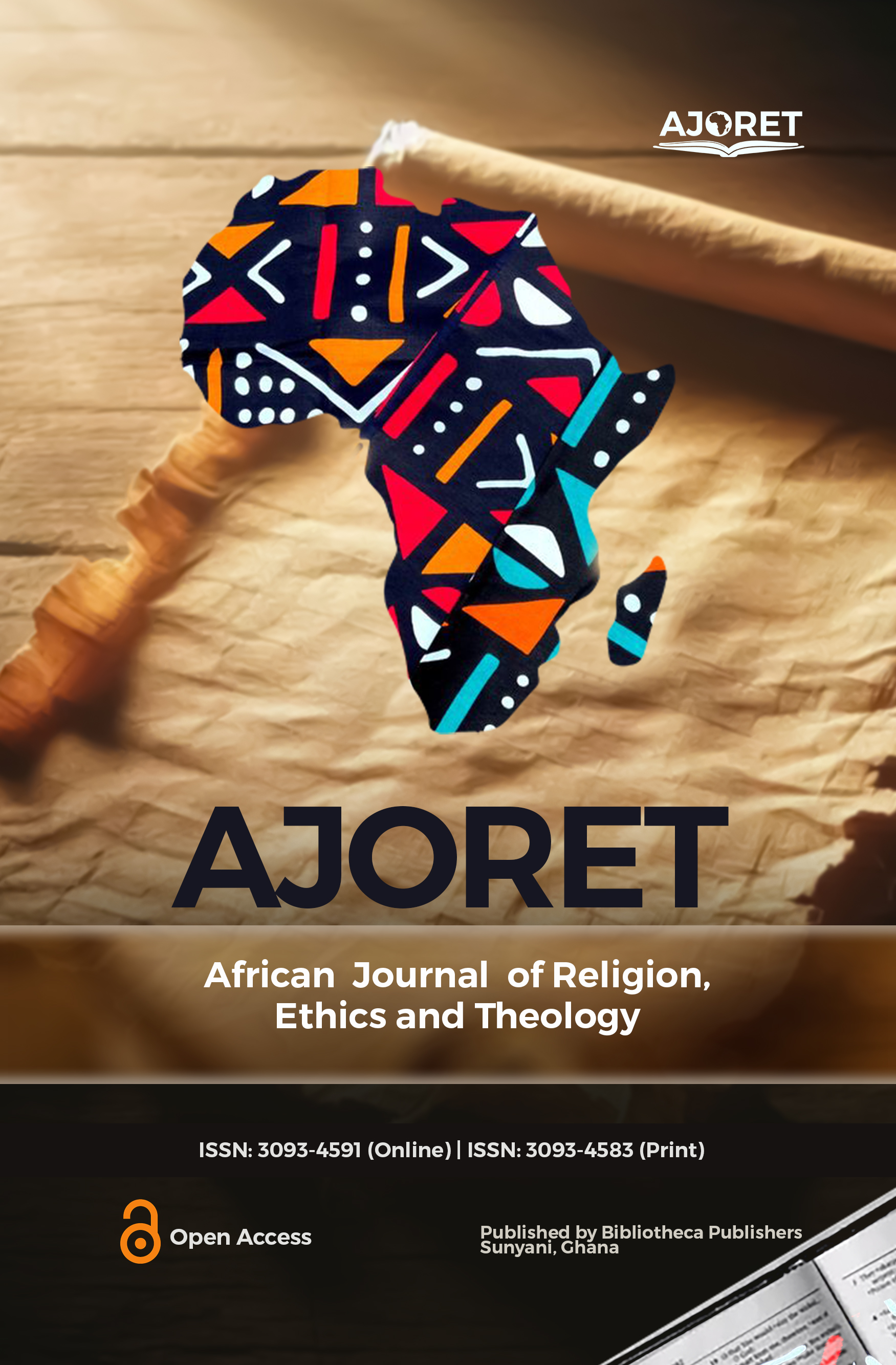Abstract
The attribution of anthropomorphic characteristics to God in the Hebrew Bible has been a subject of considerable debate among scholars, especially regarding its implications for comprehending divine transcendence and immanence. This study examines the anthropomorphic features of God as depicted in the Hebrew Bible (the Old Testament), while addressing the ongoing theological and philosophical debate about attributing human characteristics to a transcendent being. The research explores the tension between God’s transcendence and immanence by investigating whether anthropomorphic depictions are literal, figurative, or reflective of the divine self-revelation. The study conducts a theological analysis of selected Old Testament scriptures, categorizing anthropomorphism into four distinct forms: structural, gestural, character-based, and aware anthropomorphism. A literature-based research methodology was used which involved analysis of selected biblical texts, engaging scholarly interpretations and comparative perspectives within the broader Ancient Near Eastern context. The paper contends that anthropomorphic depictions within the Bible are not solely metaphorical devices or projections of human qualities; instead, they serve as a fundamental theological framework that articulates God’s relational and communicative presence. It found that biblical authors employed human characteristics such as physical attributes, emotions, gestures, and cognitive awareness, not to confine God’s nature to human limitations, but to bridge the gap between divine mystery and human understanding. The main conclusion is that anthropomorphism in biblical texts serves as a theological tool to articulate God’s involvement in human affairs, underscoring divine immanence without negating transcendence. The study contributes to biblical scholarship by deducing implications from biblical anthropomorphism for contemporary theological reflection, biblical interpretation, and Bible translation practices.

This work is licensed under a Creative Commons Attribution 4.0 International License.
Copyright (c) 2025 African Journal of Religion, Ethics and Theology


